Driving on the public road remains one of the most liberating things you can do. But to get the most out of your driving – and for it not to cost you a fortune in the process – there are some golden rules you’d do well to abide by. As long as you get the simple things right, driving enjoyment, even driving nirvana, won’t be that far away.
The first thing you need to do – and something that will pay off in the long run – is plan your journey and where you want to go. As well as finding some great roads to drive, ensure that you consider how long it’s going to take, when you’re going to refuel and where you can take a rest if needed.
Done that? Great. Now’s the time to climb into your car and get comfortable. We don’t just mean get your driving position right (although this is crucial). Make sure you’re satisfied that your motor is spot on and you’re much less likely to get stressed about stuff during a journey.
So before you set off on any drive, especially a long one, ensure your lights, windows and wipers are clean, and fill the tank with the cheapest correct-grade fuel you can find: think supermarket, not motorway service station. Check the sidewalls on your tyres and make sure there are no bulges in them and get someone to have a listen to make sure there isn’t a clicking sound from any of the tyres when you move away slowly. If there is, you could have a nail in the tread, which could mean a slow puncture. It’s not what you want on any journey and definitely not one that involves driving on a smart motorway, where stopping places are scarce.
Once you’re on the road with a car that’s fuelled-up and checked over, and you’re all ship-shape and good to go, then the world is still very much your oyster when driving a car, or a van if that happens to be your thing. Again, though, there are things you can do, not necessarily tricks you can pull, but methods you can employ to get more out of your driving than the next person. And being relaxed rather than hyped-up when behind the wheel is right up there near the top of the list.
There are plenty of ways you can achieve this. Get the right music cued up, finish off those E-mails before you set off, set the temperature in your car just right, switch your smartphone to airplane mode unless you have a bona fide hands-free system installed, and so on. But the most important things to remember are: give yourself time, give yourself space, don’t get wound up by what other people do in their cars, and be quietly aware of everyone and everything around you, without becoming paranoid about it. In other words, take responsibility for your own actions, do the right thing, enjoy it, don’t wind other drivers up in the process – and we guarantee you’ll enjoy any journey more as a result.
Sometimes, after all, you can climb out of your car at the end of a drive and think: ‘Wow, I’m not sure why but I really enjoyed that’. Other times you’ll climb out with steam pouring from your ears, temper raging, maybe not even aware of where you’ve just been. Good drives can be really great, so the more you can do to eradicate the bad ones by sticking to the advice above, the more you’ll enjoy your driving.
- SEE MORE How to drive a manual car
On every road and in all conditions, anticipation is a key element to good driving. Do it well and it could be the difference between having an accident and avoiding one, even one that may not be your fault. That’s a sure-fire way of saving money on your motoring right there.
Observation
There’s even a certain school of thought among the more highly qualified drivers in the police that suggests you can avoid just about any accident – so long as your vision and anticipation of the road are good enough. This doesn’t mean driving with your eyes out on stalks, chin welded to the steering wheel, senses heightened into a quasi-neurotic state. It just means being fully aware of what’s going on around you at all times. Not just in front of you but behind, to the sides, in your mirrors, using your ears as well as your eyes to remove as many surprises from your driving as possible.
Reading a road well is also vital to good, enjoyable driving, and that doesn’t necessarily mean looking along a hedgerow on a B-road at 60mph to work out whether you can cut the apex of the next semi-blind corner or not. You need to read the road at 20mph in a busy built-up area every inch as well as you do when nailing it on a deserted B-road.
Truth is, there are almost endless potential hazards to be aware of and to avoid calmly in a busy town environment, more so than there are on the average quiet back road. Without wishing to sound dramatic, you’ll do well to remember that it’s invariably you and your two-tonne car that is potentially the biggest hazard of all. Unless, of course, you are driving well, keeping your distance not just from other drivers but also from cyclists and pedestrians, working out where the surprises could spring from, and anticipating how to deal with them before they happen. Do this and even the most mundane journey through a busy city can, just occasionally, be strangely compelling.
Enjoyment
But the most fun to be had while driving is, of course, out there on more open roads, where there’s more space to operate in, a lot less traffic to deal with and – theoretically – far less other stuff to hinder your driving enjoyment. All the same rules apply, though, and the key thing to remember is that, without wishing to state the obvious, everything really does happen that much faster when you’re travelling at
50, 60 or 70mph than it does at 20mph in town. Your stopping distances become exponentially longer, so hazards are met much more quickly, which means good anticipation and clear vision become even more crucial elements to getting the most out of your driving.
So always try to look as far down the road as you can. Your natural peripheral vision will take care of what’s within 30 metres of your car, but to work out what might be about to happen 300 metres up the road, you need to scan the scenery and start to make decisions nice and early. Look at the trajectory of the telegraph poles that might line the road, work out why the white lines go to solid well before it looks like they should, and maybe realise there’s something ahead of you that you might not be expecting, such as a hidden side turning or public footpath. Or a blind crest with a Caterham on the other side of it, overtaking a quad bike that’s just pulled out of a side turning.
Take as many surprises as you can out of the equation, in other words, and you absolutely get more out of your driving on any road and at any speed – we guarantee it.
Steve’s top tips
- The perfect driving position will allow you to see out of the mirrors with minimum head movement
- Placing both hands on the wheel at around the 10 to two position will give you full control of your car. Avoid distraction by setting your infotainment when parked
- Slow down and give as much space as you can to vulnerable road users such as cyclists and pedestrians
Great roads, cheap fuel to use on them
The UK is rich with great driving roads; some are well-known, some not so much. And, at the time of writing, some of these places are off-limits due to Covid restrictions. But that doesn’t mean you can’t start planning for the time when those restrictions are lifted.
First on our list is the Blakey Road that runs north out of Kirkbymoorside in Yorkshire, past the villages of Hutton-le-Hole and Castleton, straight across the North Yorkshire Moors up to Moorsholm. That’s a belter.
The North Coast 500 runs right across the top of Scotland and contains some of the most beautiful scenery and roads you’ll come across anywhere in the world. Just Google NC500 for the exact route.
For a reasonably accessible series of great roads in mid Wales, try the ones in and around the Elan Valley, near Rhayader, or specifically try the B4368, known as the Clun Forest Road, which runs from Craven Arms across to Newtown via the Clun Forest.
To find the cheapest fuel, there’s one golden rule, although it’s not as solid as it used to be: don’t fill up at motorway services. While some m-way stops have cut prices, you’ll still find supermarkets are usually cheaper, and most garages off the motorway are likely to cost less, too. In the most extreme cases you could save as much as 35p per litre, which could equal a saving of £20 on a tank of fuel.
Smooth operator: how to drive like a chauffeur
Driving well with passengers on board is all about being smooth and icy-calm behind the wheel, keeping your passengers as safe and relaxed as you possibly can. Ideally your passengers should reach their destination without even being aware of the journey.
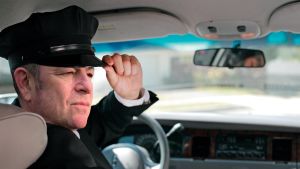
That means not just getting the music and vehicle temperature in line with their tastes, and making sure there’s some food and drink on board if it’s a long journey. It also means enabling them to travel comfortably, without them being aware of what’s going on around them on the road. Because that’s your job, and to do it well you’ll need to do everything as precisely as you can.
All the same golden rules apply: leave plenty of space for other vehicles around you, anticipate well, don’t over-react to unexpected events, stay patient and let the tailgaters do their own thing, and gently relax the brakes as you come to a halt to achieve the smoothest possible stop. Drive well and your passengers probably won’t even thank you for it at the end of a journey, but that’s fine, because drive badly and they’ll be the first to complain.
What are your top road driving tips? Let us know in the comments...
from Sitewide RSS feed https://ift.tt/3wwYokX
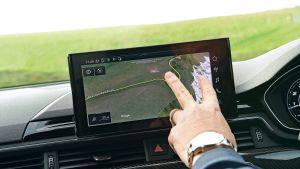
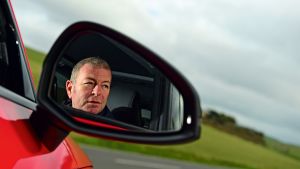
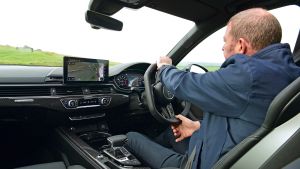
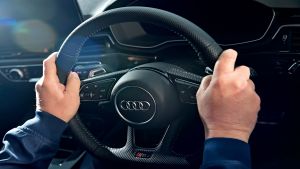
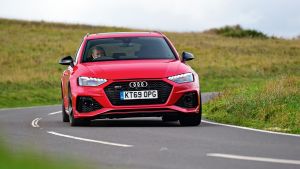
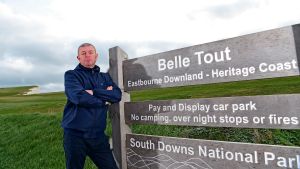

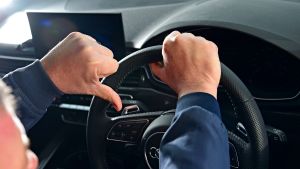
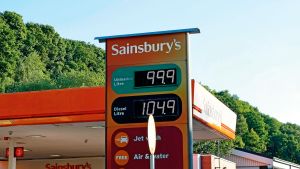
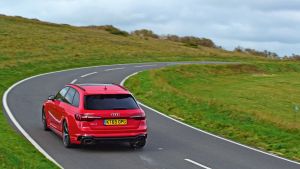
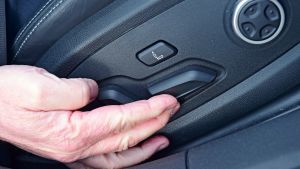
No comments:
Post a Comment